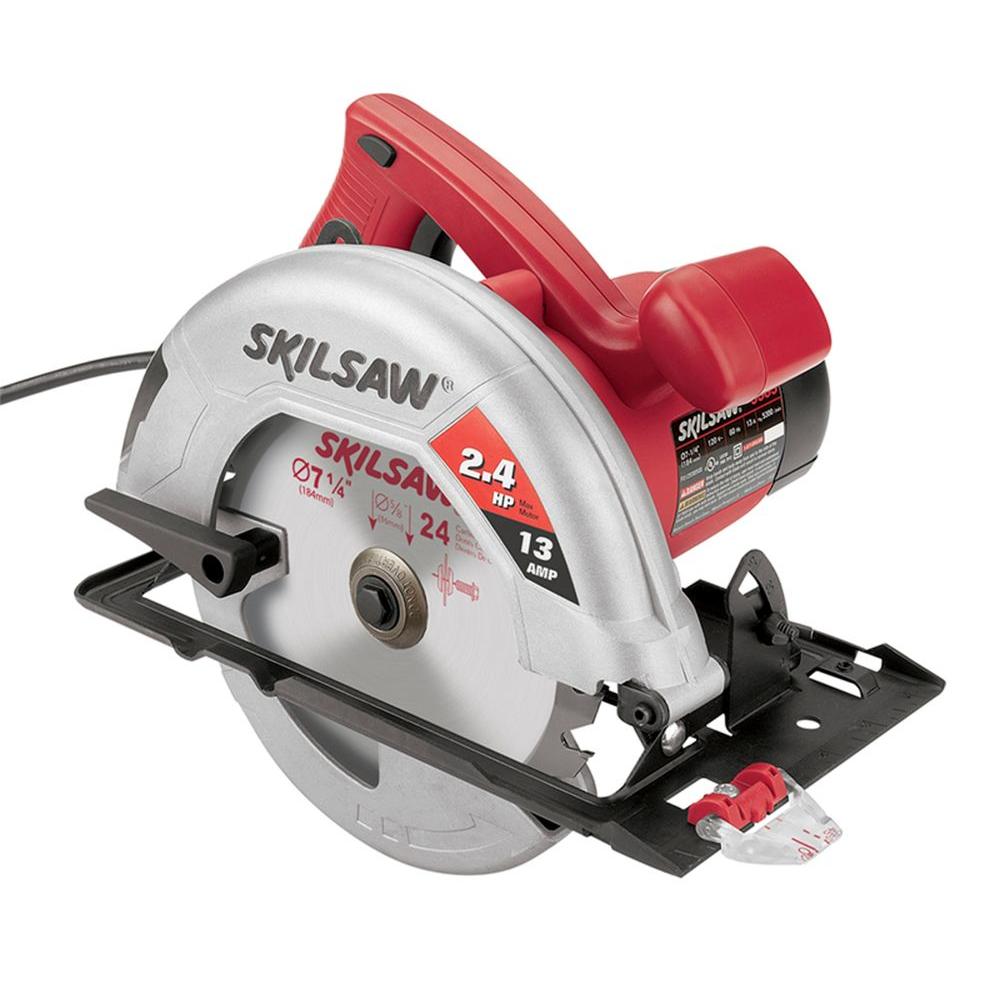So, did you just confirm there will be a P7HD tuning/terminus designed?
yes. I expect i will get P7HD, P7PHD, A7ms vents at a minimum. Any other drivers anyone would like explored?
dave
Having built a few of the Micro-Tower designs, my only comment would be that the Castle style with top angled forward to the room at anywhere from 5 - 10dg has a lot of room placement advantages over the flat-top.
But of course that would only apply to new builds - which with a properly outfitted shop could take less than a day before first listening test.
But of course that would only apply to new builds - which with a properly outfitted shop could take less than a day before first listening test.
Right on, Signal! You could hook them up to an old receiver or amp and run them real quietly down in the basement for a couple hundred hours of break in. That way they'll be ready to rock once they are installed in a cabinet.
This process used to be really pushed by Mark Fenlon. I am not sure if he is still so adamant about it, but it sure won't do any harm.
This process used to be really pushed by Mark Fenlon. I am not sure if he is still so adamant about it, but it sure won't do any harm.
Have any of you guys had samples of the CHN70M metal driver yet? I m guessing this new driver is aimed squarely at the EL70 fans and I suspect will sound immense in the castle towers? It looks like a very promising driver especially if you can’t hear anything above 14khz like me.
It is never a good idea to poke a moose, so please consider this more of a wink or a nudge, Doc.
It looks like I might actually receive my Pluvia 7.2HD in the next week or two. I've been reverse engineering some tunings for the retro-fit into my microTowers by modelling the tunings for EL70 and CHR-70 in WinISD and then playing with the Pluvia 7.2HD in there to get similar response, phase, group delay...
Obviously this is sub-optimal, but it is the only software I understand and can use effectively. I could combine this with trial and error to get something "satisfactory", but a proper tuning calculated by the master would certainly be better.
It looks like I might actually receive my Pluvia 7.2HD in the next week or two. I've been reverse engineering some tunings for the retro-fit into my microTowers by modelling the tunings for EL70 and CHR-70 in WinISD and then playing with the Pluvia 7.2HD in there to get similar response, phase, group delay...
Obviously this is sub-optimal, but it is the only software I understand and can use effectively. I could combine this with trial and error to get something "satisfactory", but a proper tuning calculated by the master would certainly be better.
Last edited:
From Scott,
dave
Microtower, for the P7HD & P7PHD, hold duct diameters as-is, and reduce length to 1 5/8in
dave
- Home
- Loudspeakers
- Full Range
- microTower Revisited

